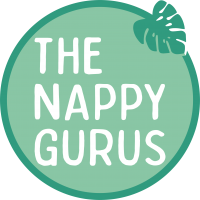Understanding Different Types of Cloth Nappies
When you begin your research into reusable nappies you will soon realise that there are a number of different cloth nappy "types". Each one will have its pros and cons and it is a good idea to think about which type might suit you best before investing in a full set of nappies.
If you want a nappy that quick drying, it is a good idea to opt for a pocket nappy or an all-in-two. If you want something absorbent enough to last through the night, choose a fitted nappy with a separate waterproof cover. Here at The Nappy Gurus we always like to recommend trying out a few different types at first, as you might be surprised at what you love! Our Starter Kits and Nappy Trial options are there to help you do just that.
Different types of reusable nappies
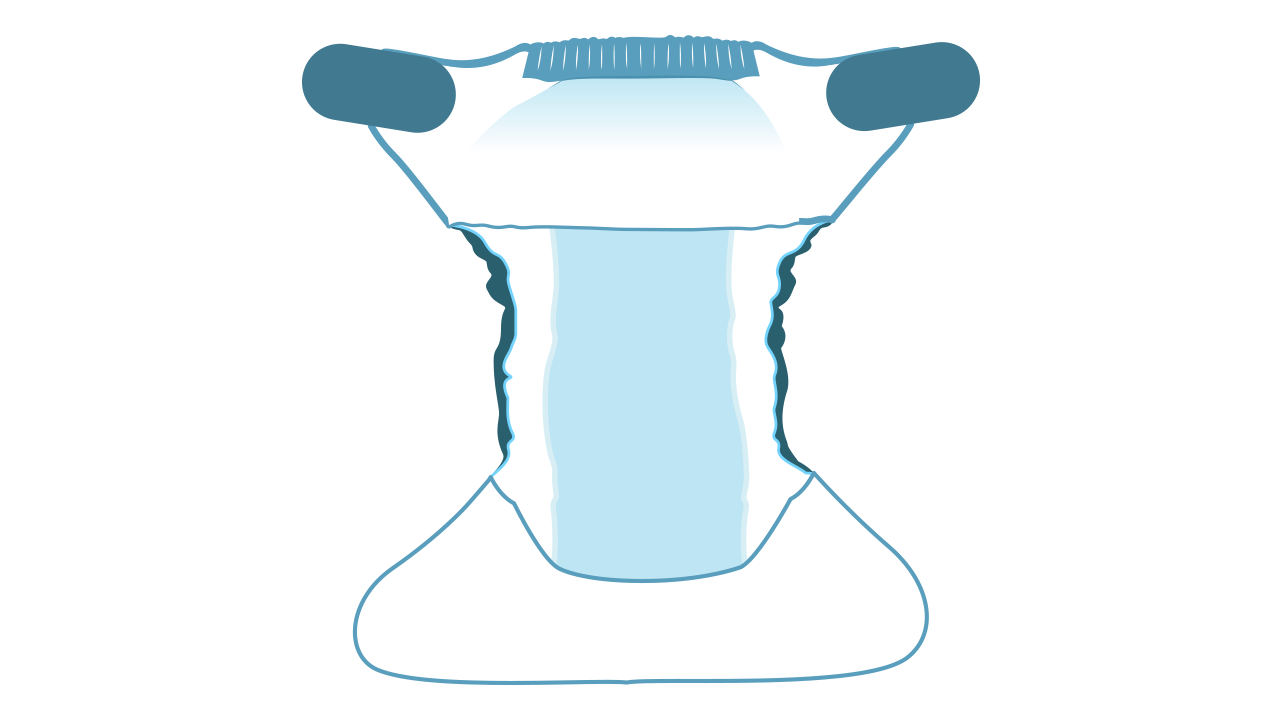 | All in One NappiesThese are nappies where everything is built into one place - the absorbency and the waterproofing. These nappies are easy to use, and great for childcare. They also tend to be the preferred choice for sceptical parents who feel overwhelmed at the prospect of reusable nappies. However, one of the downsides is that they can be slow drying. Pros: easy to use, perfect for childcare providers, slim fitting Cons: can be slow drying, longevity may not be as good as a two-part system as the waterproofing is washed at each change |
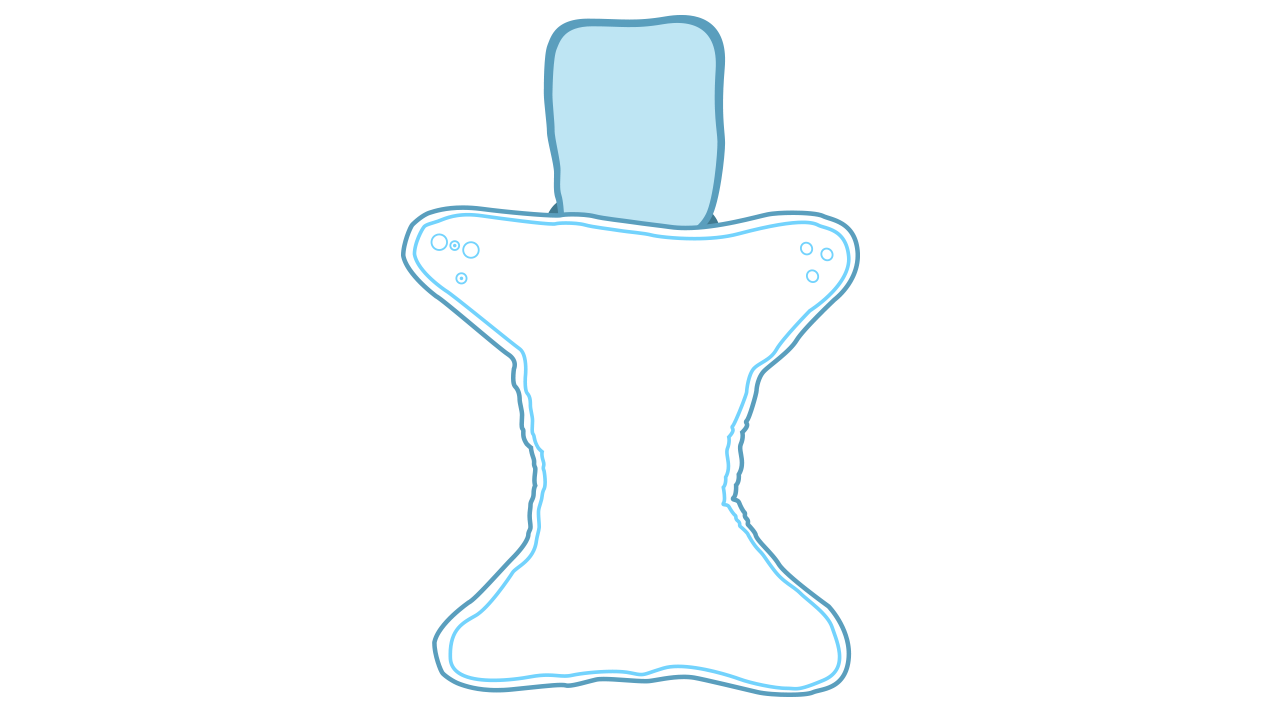 | Pocket NappiesThese nappies have a pocket at one or both ends of the nappy, and the absorbency is stuffed in and out of that pocket. They are just as easy to use as an all-in-one once the absorbency is stuffed in. Because the inserts pull out, these nappies dry quickly. Pocket nappies are probably the most popular type of modern cloth nappy on the market today. Pros: quick drying, easy to change, customisable absorbency, often slim fitting Cons: separate parts can be confusing, time needed to "stuff" them after washing, longevity may not be as good as a two-part system as the waterproofing is washed at each change |
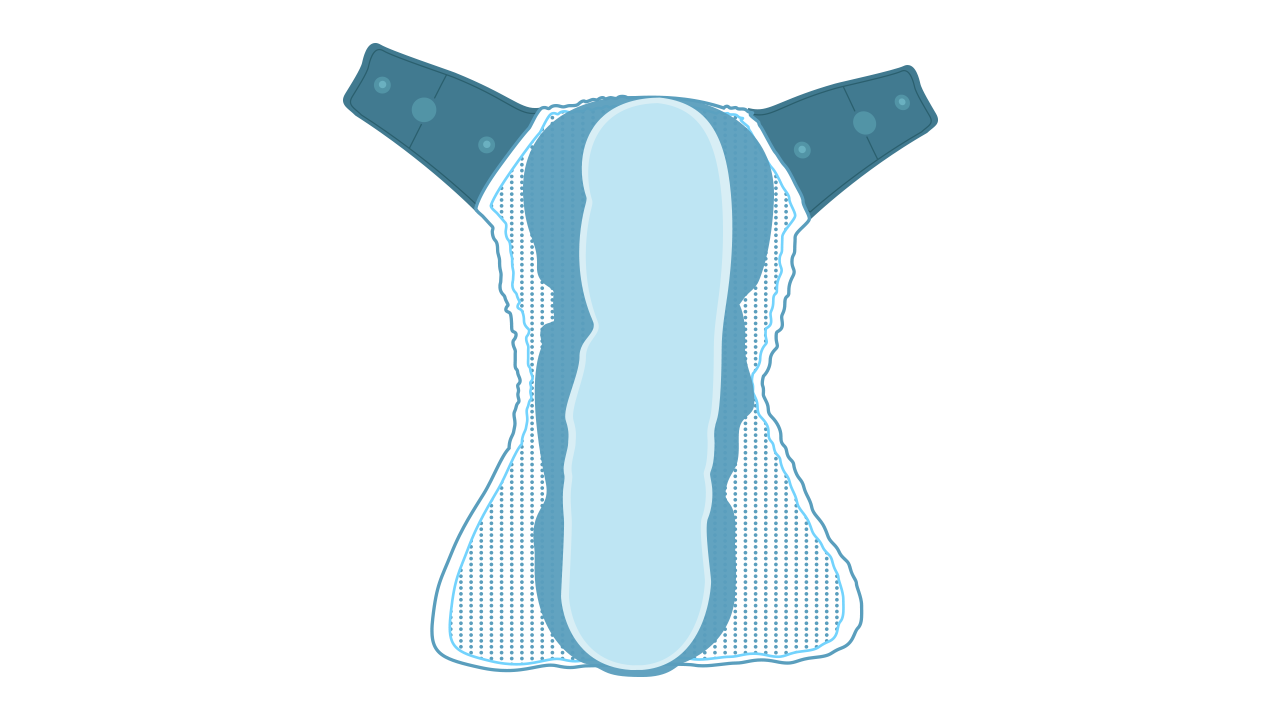 | All in Two NappiesThese nappies are comprised of an outer waterproof cover, or "shell" with absorbency that either snaps or lays inside. These nappies can be used by replacing the wet absorbent pads for fresh ones at change time and reusing the cover (unless soiled). They typically dry quickly and are great for out and about use as you can just carry replacement absorbent pads with you. Pros: often slim fitting, economical, dry quickly Cons: if outer cover is soiled the whole piece needs changing, not ideal with newborn poo |
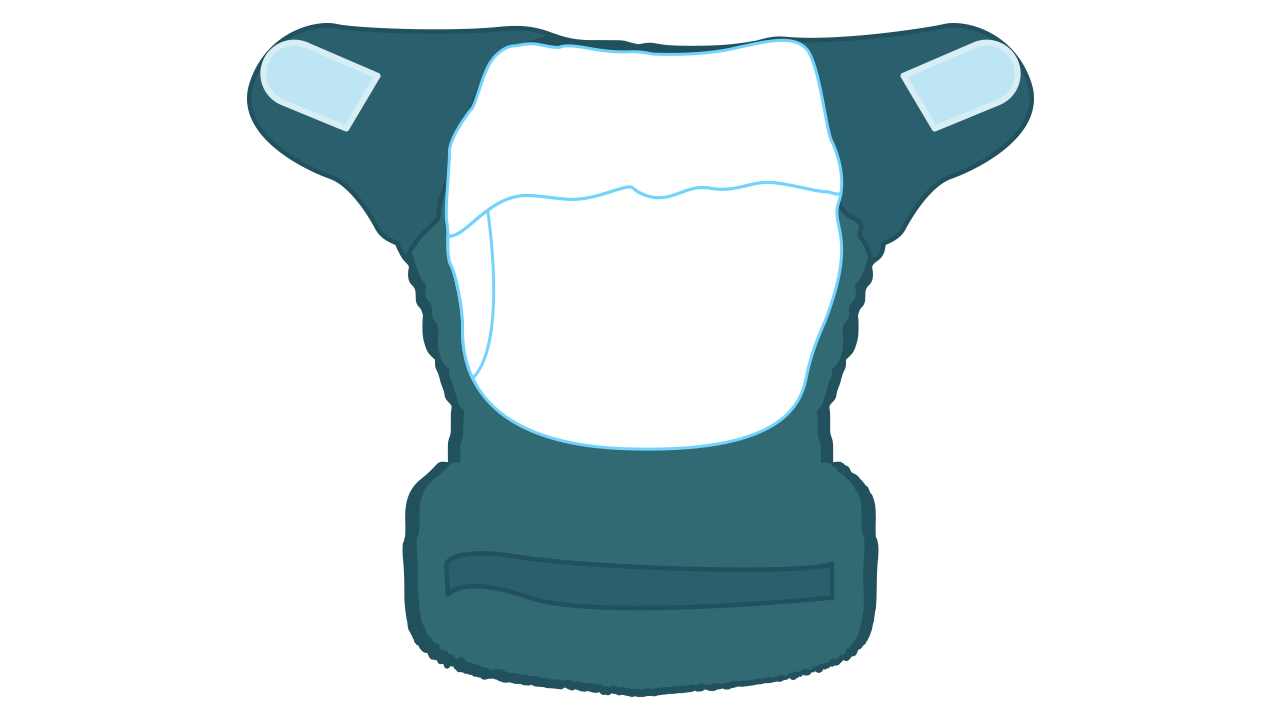 | Fitted NappiesAlso known as two-parters, these nappies are our preferred choice for over-night use. They provide good absorbency and the two layers mean they provide good containment. They tend to be bulkier than other nappies, which is why many parents only use them at night time. Fitted nappies can be made from a variety of materials, such as cotton, bamboo or microfibre. Pros: usually high absorbency, containment is good Cons: can often be bulky, can be slow drying |
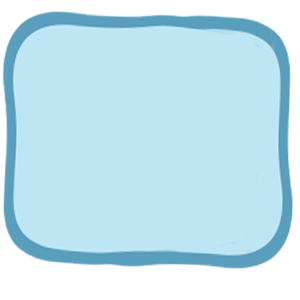 | Flat NappiesThis covers terries, prefolds and flats. They are squares of absorbency that can be folded and used inside a waterproof cover. Flat nappies are versatile, good for all ages and stages, and dry very quickly. Using flat nappies can be as easy as folding into a pad, or you can try out some more elaborate folds, check out our guide. Pros: quick drying, versatile Cons: need folding, can be slower to change |
